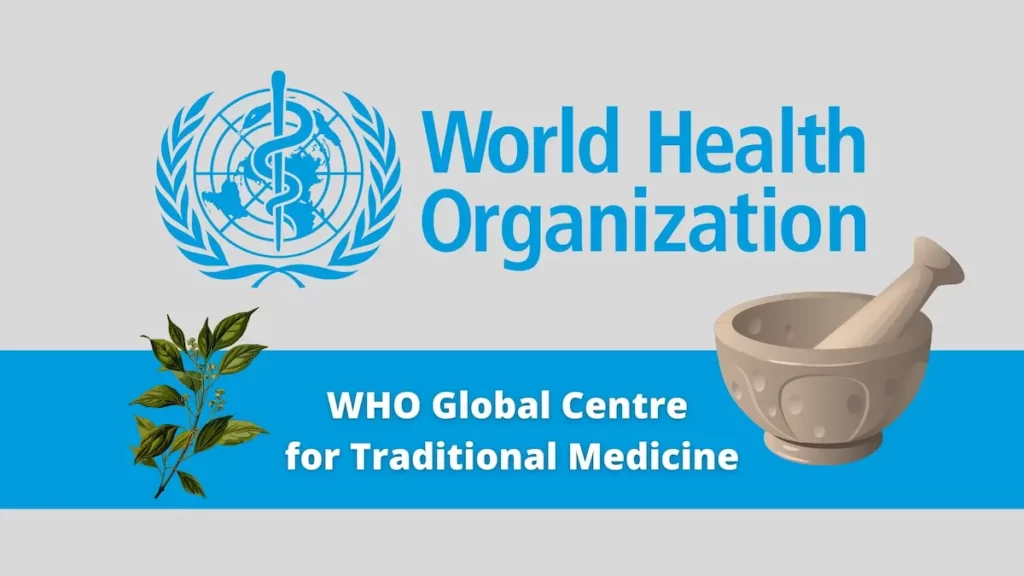Font size:
Print
Sickle Cell Anaemia
Context:
Sickle Cell Anaemia, a severe genetic blood disorder, has become a major health challenge for many tribal families in Alluri Sitharama Raju district. The condition causes extreme pain, anaemia, and, in some cases, early death. Over 1,300 people, including many children, currently live with this condition in the region.
Individual Experiences and Stories
- Kumar’s Experience (2016): Kumar’s six-year-old daughter fell unconscious at school, leading to a diagnosis of Sickle Cell Anaemia. Living in Araku Valley, Kumar faced significant challenges accessing medical care, travelling 120 km to King George Hospital in Visakhapatnam.
- Praveen’s Experience: Diagnosed with Sickle Cell Anaemia alongside his sister in 2010, Praveen lost his sister to the disorder in 2024 after 15 years of suffering. Her treatment expenses amounted to ₹25,000 per month, posing significant financial challenges for the family.
Current Status
- Prevalence: Sickle Cell Anaemia (SCA) is a genetic blood disorder affecting millions globally, with India being the second-worst affected country. Tribal regions such as Odisha, Jharkhand, Chhattisgarh, Madhya Pradesh, and Maharashtra report the highest cases.
- Impact: The disease significantly reduces life expectancy to around 40 years and affects the quality of life due to complications like anaemia, recurrent infections, severe pain, and organ damage.
About
Sickle Cell Disease (SCD) is a genetic disorder causing abnormal haemoglobin in red blood cells, causing them to become rigid and take on a sickle or crescent shape, causing blockages in blood vessels, leading to pain, organ damage, and other complications.
- SCD genetics:
-
- Sickle Cell Disease Inheritance Pattern: The disease is inherited in an autosomal recessive manner, which means that a person needs to inherit two defective copies of the beta-globin gene one from each parent to get ill.
- Mutation in the Beta-Globin Gene: The primary cause of sickle cell disease (SCD) is a single-point mutation in the beta-globin gene that causes valine to replace glutamic acid at the sixth position in the beta-globin chain.
- Hemoglobin S (HbS), an aberrant form of haemoglobin, is produced as a result of this mutation.
- Components:
-
- Abnormal Hemoglobin (HbS): SCD is caused by genetic mutations that affect haemoglobin, the protein that carries oxygen to red blood cells.
- In SCD, haemoglobin is misdirected, causing red blood cells to thicken and form crescents (like a cat). These abnormal cells tend to degenerate and have a short life span, resulting in chronic anaemia.
- Red blood cells (RBCs): Healthy RBCs are spherical and flexible, allowing them to pass through blood vessels more efficiently.
- Abnormal RBCs in SCD can clog blood vessels, causing pain, organ damage, and other complications.
- Abnormal Hemoglobin (HbS): SCD is caused by genetic mutations that affect haemoglobin, the protein that carries oxygen to red blood cells.
- Types of Infections Caused by Sickle Cell Disease:
-
- Increased susceptibility: SCD increases the risk of infection due to poor blood circulation and a dysfunctional immune system.
- Complications: SCD can cause a variety of complications including pain problems, anaemia, organ damage (e.g., spinal cord, kidneys, lungs), trauma, and infection
- Common diseases:
-
- Bacterial Infections: People with sickle cell disease (SCD) are more likely to get bacterial infections, especially those brought on by encapsulated bacteria like Streptococcus pneumoniae.
- Pneumonia: Individuals with SCD are more susceptible to viral pneumonia.
- Sepsis: Complications associated with SCD can lead to sepsis.
- Viral Infections: Due to their compromised immune systems, SCD patients may also be more vulnerable to some viral infections, such as influenza and parvovirus B19.
- Meningitis: Patients with SCD are at increased risk for viral meningitis.
- Malaria: Those with SCD have a lower risk of contracting severe Plasmodium falciparum malaria in areas where the disease is endemic.
- Urinary tract infections (UTIs): Blood vessel blockages can affect kidney function and increase the risk of a UTI.
- Osteoporosis: Osteoporosis can occur when blood flow to the bones is reduced.
- Bacterial Infections: People with sickle cell disease (SCD) are more likely to get bacterial infections, especially those brought on by encapsulated bacteria like Streptococcus pneumoniae.
- Treatment of Sickle Cell Disease:
- Symptomatic Management:
-
- Pain management: acute pain (sickle cell crisis) with pain medication.
- The main feature of sickle cell disease (SCD) is pain crises, which need to be treated as soon as possible. Commonly, this involves using painkillers, opioids, and plenty of water.
- Hydroxyurea is a treatment that reduces pain crises and acute chest syndrome in SCD patients by increasing fetal haemoglobin production, which disrupts sickle haemoglobin polymerisation.
- Hydration: To stay well hydrated to prevent sickling of RBCs.
- Blood transfusion: Transfusion of healthy RBCs to improve oxygen delivery.
- Antibiotics: Preventing infections.
- Folic acid supplementation: Helps in RBC formation.
- Bone Marrow Transplant (Stem Cell Transplant): Curative option for some patients.
- Replace abnormal stem cells with healthy ones. Not widely available due to donor matching challenges.
- Preventive measures: Immunisations against common pathogens and prophylactic antibiotics (such as penicillin) can lower the incidence of bacterial infections in SCD patients.
- Pain management: acute pain (sickle cell crisis) with pain medication.
Government Efforts
- National Mission: The National Sickle Cell Anaemia Elimination Mission aims to eradicate SCA as a public health issue by 2047.
- Screening and Diagnosis: Over two years, approximately 4.01 lakh cases were screened; 12,595 individuals were identified as “traits,” and 1,372 individuals tested positive for the disease.
- Awareness Campaigns: Outreach programs, genetic counseling, and distribution of special cards in tribal areas are being implemented to educate and support affected individuals.
- Healthcare Initiatives: Efforts include improving diagnostic facilities, ensuring regular medication supply, and promoting research on advanced treatments.
Challenges
- Social Challenges: Patients face stigma, reduced marital opportunities, and social ostracism due to misconceptions about the disease.
- Healthcare Barriers: Limited access to treatment, reliance on traditional healers, and irregular medication supply hinder effective management.
- Economic Burden: High treatment costs and lack of affordable gene therapy options exacerbate the challenges.
Way Forward
- Enhanced Screening: Expanding universal screening programs to identify carriers and affected individuals early.
- Affordable Treatments: Investing in research to make gene therapy and other advanced treatments accessible to all.
- Community Engagement: Strengthening awareness campaigns and addressing social stigma through education and advocacy.
- Policy Support: Integrating SCA management into national health policies and ensuring adequate funding for healthcare initiatives.


